We all have lifechanging experiences stamped in our minds forever and for Christian Stolte it was working in the aftermath of a devastating earthquake.
The year was 1985, the place was Mexico City and in just over a minute – in the early hours of 19 September, while the city was still asleep – 100,000 houses crumbled, 5,000 people died and roughly five million residents were left without electricity or water.
As the world looked on in horror at the heartbreaking images dominating the headlines, Christian was on a plane heading to the disaster zone.
“I’m geophysicist so I spent half a year in Mexico studying the earthquake and recording aftershocks,” says Christian.
“In Mexico City of course there was total destruction in many areas.”
Thirty-eight years later and over 5,000 miles from Mexico, Christian is now based in Aberdeen where rocks have been swapped for liquids via Seidear, the Wee Scottish Cider Company he set up in steading near Maryculter.
As unique as Christian’s eclectic style is his hand crafted cider he makes from old apple varieties grown in Scottish walled gardens.
Using the same method that is used to make Champagne, Christian’s small-batch cider is to be enjoyed like a fine wine and unlike many big firms, Christian does not dilute his cider with water and instead only uses freshly pressed apple juice.
Positively fizzing with excitement ahead of his appearance at this year’s Taste of Grampian event at the P&J Live on Saturday June 3, Christian spoke to Society about his journey from geophysicist to cider maker.
You’ve lived a fascinating life, can you tell us about it?
I spent my first 21 years in Hamburg in Germany and then I travelled to the US to complete a Masters degree in geophysics in Santa Cruz in California. After working in Mexico I then spent two and a half years travelling round Latin America on my bike which was amazing. I then went back to Germany to do my PHD in geophysics before moving to London for work. During that time I travelled extensively to places like Japan, Africa, Saudi Arabia, Bahrain and Houston in the US before I was transferred to Aberdeen.
What inspired you to make your own cider?
When I moved to Aberdeen 15 years ago our garden in Cults had abandoned apple trees. The next year I was rewarded with an enormous yield of amazing Scottish apples so I built an apple press just with a car jack and we pressed apple juice for the neighbours and the boy scouts. There were apples left over so I made some cider and that’s how it started. After a while, my work transferred me out to Africa and I gave a friend my press as he enjoyed pressing apples so he continued it. My cider partner planted an orchard at Cluny Castle, and a few years later we produced Seidear, a wonderful drink, sourced from apples grown in Scottish walled gardens.
You now have orchards at several locations now?
Yes we decided to look at other locations where apples were growing and we discovered that many of the walled gardens had so many apples they didn’t know what to do with them. So we make cider from apples at Ellon Castle, Pluscarden Abbey in Elgin and Craigievar Castle. I also make cider using apples from Lathallan School in Johnshaven and Gordon Castle in Fochabers. They probably have the best walled garden in Scotland. So I use the their apples to make the cider, they buy it and then they can sell it on. So I use apples from all over, I’m collecting walled gardens basically.
How would you describe the taste of your cider?
When you open the bottle it smells like champagne but then you have a different flavour as you have this apple flavour.
Your cider has also went down well with restaurants?
Locally The Stack in Muchalls has used my cider. The owner and head chef Andy Smart used to work at The Marcliffe and he knows how to cook amazingly well. The Three Chimneys restaurant in the Isle of Skye also stock my cider.
Is it different from normal cider?
Yes, I say it’s Seidear not cider. In terms of the process, conventional cider in the UK is made in 10 days. During harvest season they press the apples and make concentrate and then ferment it using sugar and in about 10 days you have a 15% cider and it’s watered down, pasturised and filtered. With UK cider it’s made with two thirds water which is a lot of water which is appalling because the UK is the number one cider drinking country in the world followed by South Africa and Australia. But the laws are very weak as the minimum juice content required by law in the UK for cider is 35%. So the chances are you had a drink with 65% added water, made in 10 days, probably from apple concentrate and many other ingredients. Then sugar was added, as well as acid, colour and apple flavour. My cider is very different as firstly it’s 100% juice cider.
Can you tell us about how you make the cider?
The first step is keeving so I shred the apples and then I put them into buckets with lids and they go outside. I leave them there for a few days. When you macerate the apples like this the excess pectin leaks out of the cell walls. So the pectin has two effects, the particles settle on the bottom and you have some foam on the top but because there’s so much pectin in it, the stuff on the bottom forms a disc, like a jello.
I don’t put any yeast in there, it ferments on its own, apple juice turns into cider no matter what you do. Then when the bubbles come they can’t go anywhere so they lift this disc up in one go and they leave clear juice behind. We then put it in bottles with a little sugar and Champagne yeast. You leave them for around half a year on their side. After that we then put them into my homemade bottle holder at an angle. I have to turn them around a quarter every day a quarter for a month.
Tell us about your seaweed cider?
I go out kayaking in Cove Bay so I got a bucket of seaweed and just started using it in the cider and the flavour is amazing.
Are you looking forward to appearing at Taste of Grampian next month?
Yes I went last year and it was really wonderful. One of my biggest joys is converting non cider drinkers to cider. A lot of people say they don’t drink cider as it reminds them of the days when they were younger drinking it on the park bench. But I tell them it’s not cider it’s Seidear. As well as Taste of Grampian, I’m also going to go to various farmer’s markets and Highland games over the summer.
Where can people buy your cider?
I sell in 30 places across Scotland and locally people can find Seidear in the Strong Water Company in Banchory and the Park Shop in Drumoak to name a few. In Aberdeen, other stockists include the Hammerton Store, the Gourmet Cheese Co, Aberdeen, the Hop Shop at Westhill Service Station and Aberdeen Whiskey Shop.
For more information about Seidear, check out the website seidear.com and Instagram @seidear
Taste of Grampian is at the P&J Live on Saturday June 3 and for tickets go to the website pandjlive.com or phone 01224 824 824.
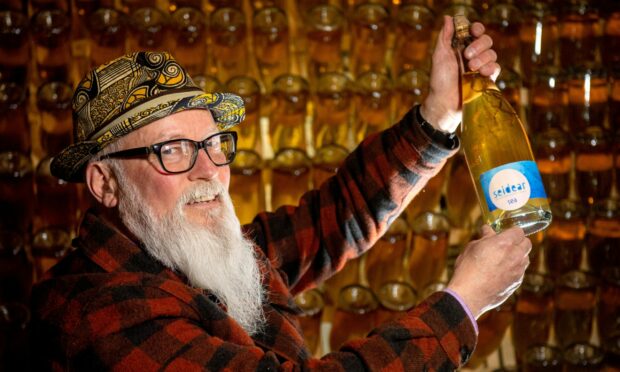
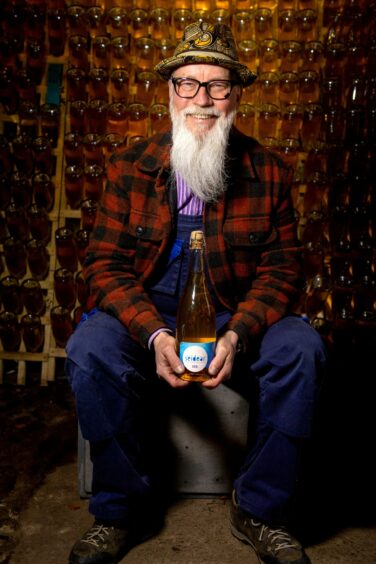
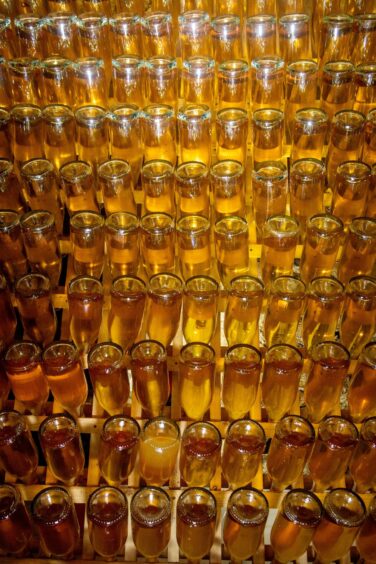

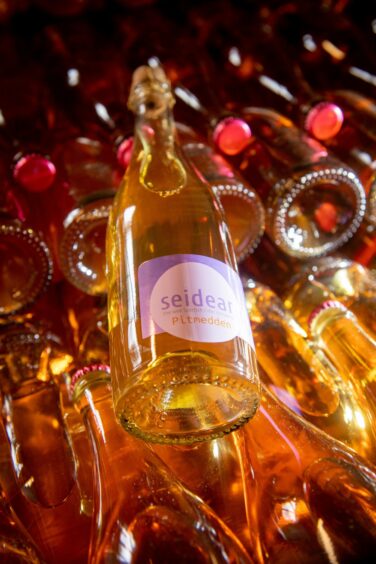
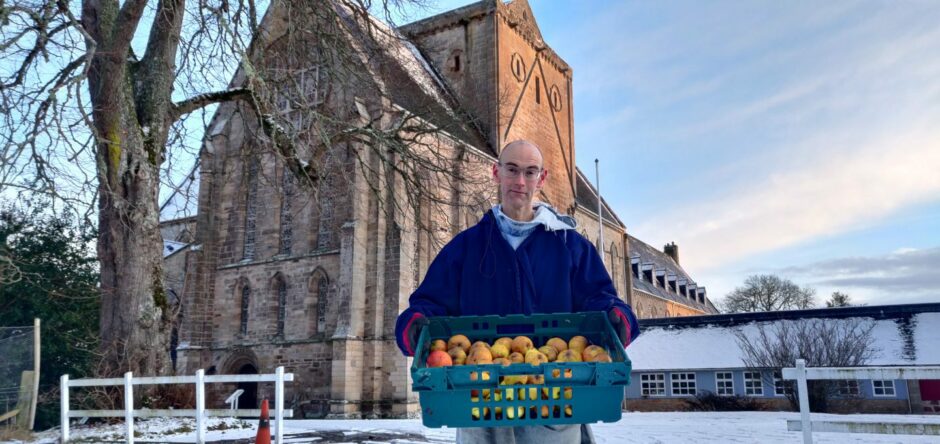

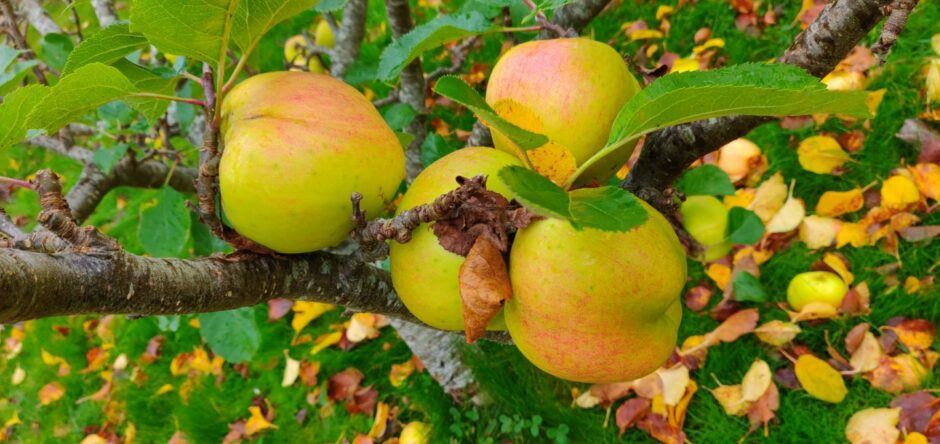


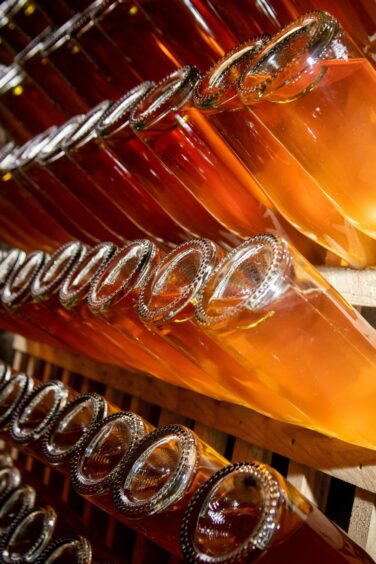
Conversation